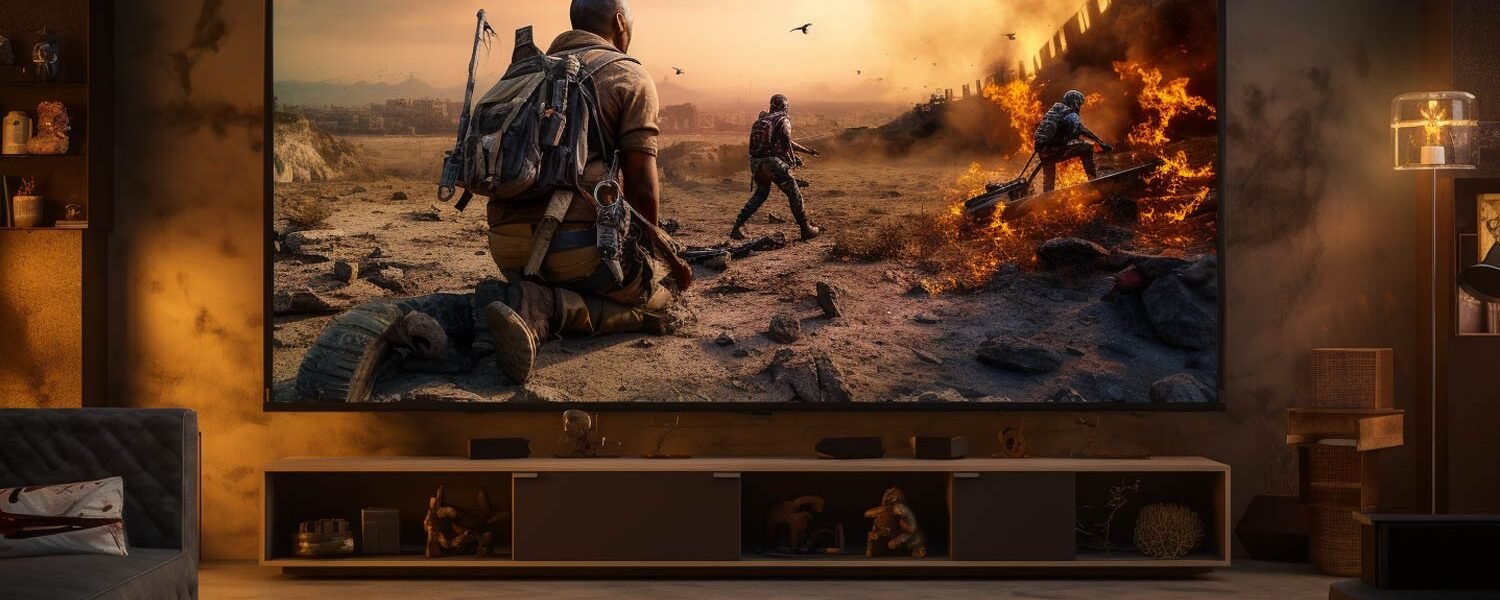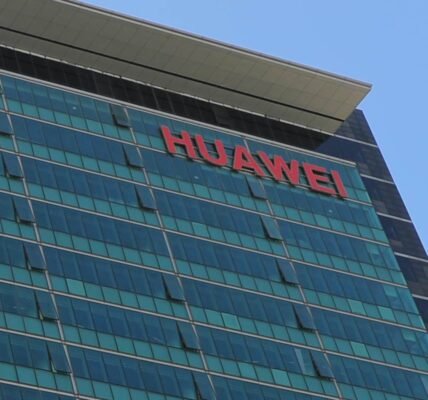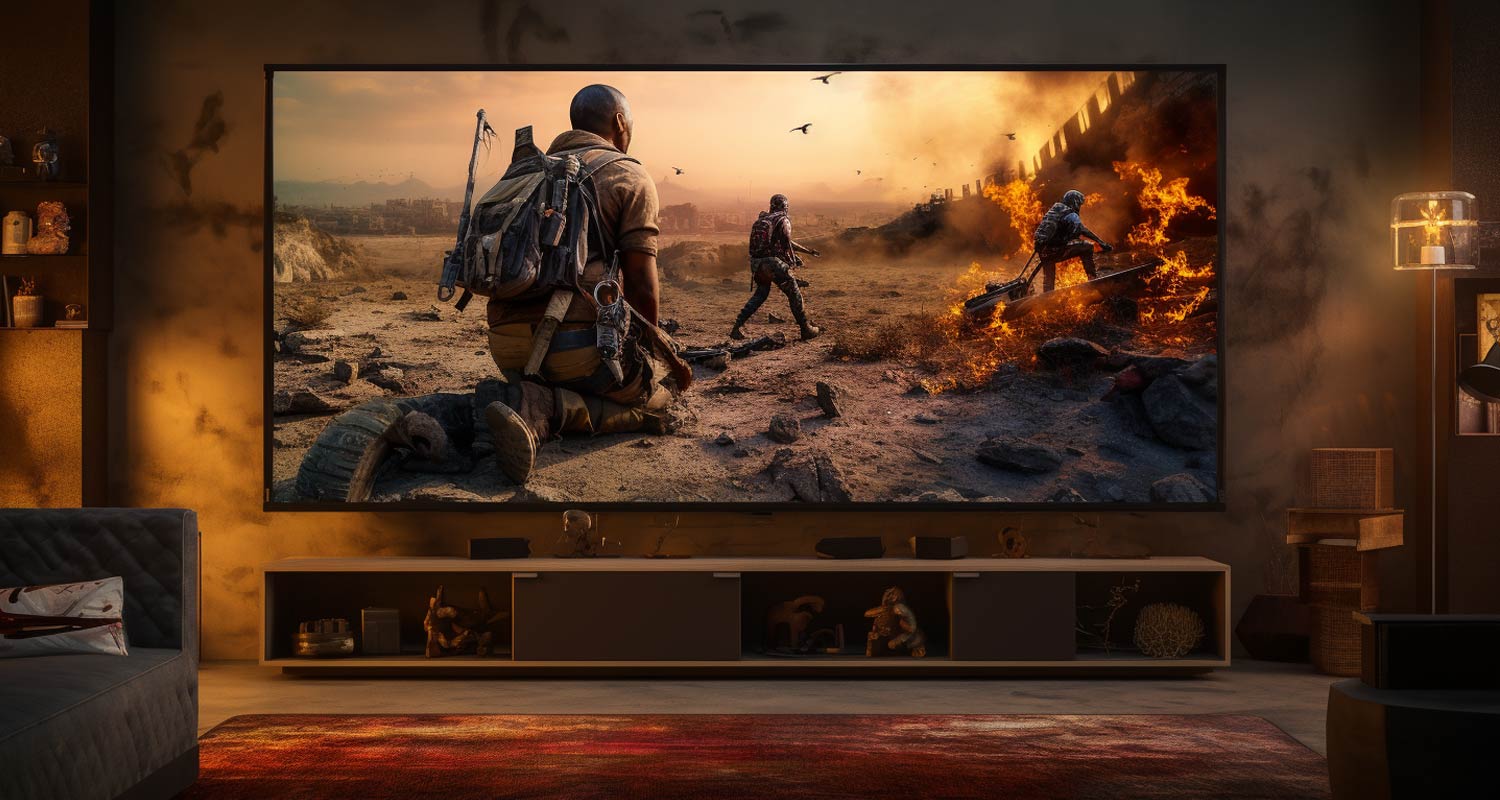
When it comes to a cinematic experience, a bigger screen is always better.
Advancements in display technology have not only made it possible for larger screens to become relatively affordable for ordinary consumers. Manufacturers have also improved the quality of the display and sound outputs to bring an enthralling cinema experience into the living room.
Once-revolutionary liquid crystal display (LCD) screens have made way for more modern organic light emitting diode (OLED) and quantum dot LED (QLED) technologies.
QLED TVs tend to be cheaper than their OLED counterparts – for now. QLEDs generally have higher brightness and offer a longer lifespan. OLED TVs, on the other hand, have deeper blacks, better contrast and faster pixel response times. QLED’s are therefore better suited to brighter rooms with more glare, while OLEDs are better for darker environments.
Of the 10 largest TVs available in South Africa, some use ultra-LED (ULED), quantum nano emitting diodes (QNED) and NanoCell display technologies, which are proprietary variations of OLED and/or QLED owned by the various manufacturers. All have a 4K display resolution, also known as ultra-high definition (UHD), with a screen resolution of 3 840×2 160 pixels.
Also common among all the TVs listed below is a 120Hz refresh rate, meaning they are super-responsive to changes in the input signal, smoothy rendering fast-paced action movies or dynamic gaming sequences without any jarring effects being perceptible to the user.
R1.2-million
Laser TVs, which are essentially projectors, have been excluded from the list. Also, items that are only available on import have been excluded. All pricing is based on recommended retail prices quoted by the suppliers.
| Name | Size (inches) | Screen type | Price |
| 1. Skyworth 100SUF9858F | 100 | QLED | R69 999 |
| 2. Samsung QN90A | 98 | Neo QLED | R199 999 |
| 3. Samsung Q80C | 98 | QLED | R199 999 |
| 4. Hisense 98U7H | 98 | QLED | R69 999 |
| 5. TCL 98P745 | 98 | LCD | R69 999 |
| 6. LG M3 Wireless | 97 | OLED | R1.2-million |
| 7. LG QNED MiniLED | 86 | QNED | R68 199 |
| 8. LG 86Nano796 | 86 | NanoCell | R31 999 |
| 9. Skyworth 86SUE9550 | 86 | LCD | R24 999 |
| 10. Hisense 85U7H | 85 | ULED | R37 999 |
Standing out from a pricing perspective is the LG M3 Wireless, which retails for a whopping R1.2-million. Only available by special order, the M3 features a “zero connect box” that houses all the processing capabilities that would otherwise be housed in the circuitry behind the screen, as well as the ports that connect external devices such as gaming consoles and satellite decoders.
Read: DStv prices hiked for 2024 – all the details
The zero connect box allows the M3 to take no wired input into the actual TV, thus minimising clutter, and transmits 4K quality visuals (and high-quality sound) to the screen as long as it has direct line of sight, allowing it to be placed anywhere in the room away from foot traffic.
The hardware that goes into television sets is often the most touted aspect of the devices. But software is just as important in delivering a quality viewing experience.
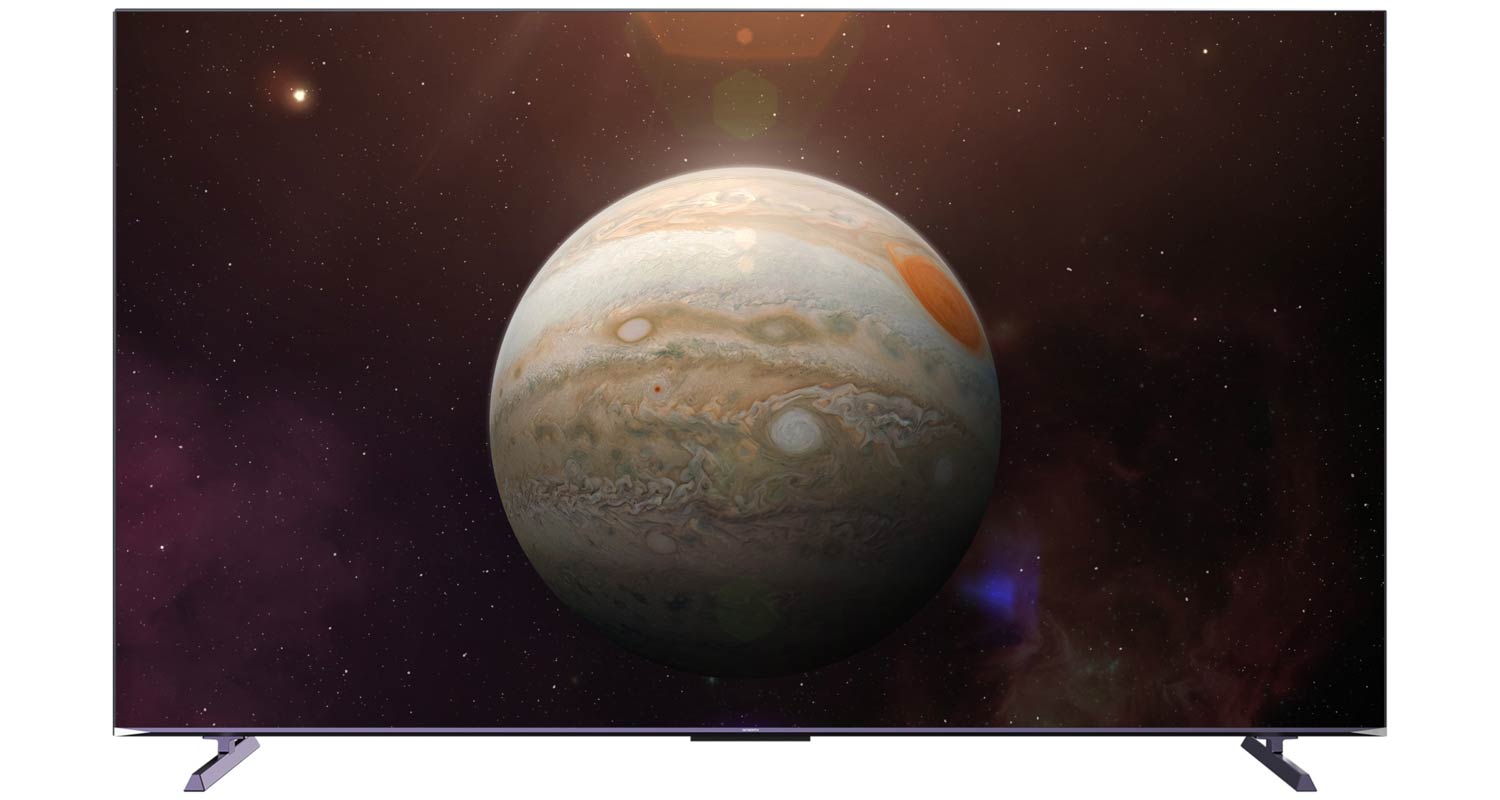
The most obvious piece of software observable to users is the interface to the TV itself. Although often proprietary, some manufacturers, like Skyworth, have integrated Google TV software into their sets, allowing viewers to aggregate their various streaming apps, and other inputs like decoders, into a single interface.
Software also plays a crucial role in how visual data is processed to produce the clearest picture possible. The Sony Bravia X75K, for example, can enhance 2K input using its Processor X1 to output images in 4K quality. This upward stepping of lower-quality inputs is common across the industry, especially in higher-end TVs.
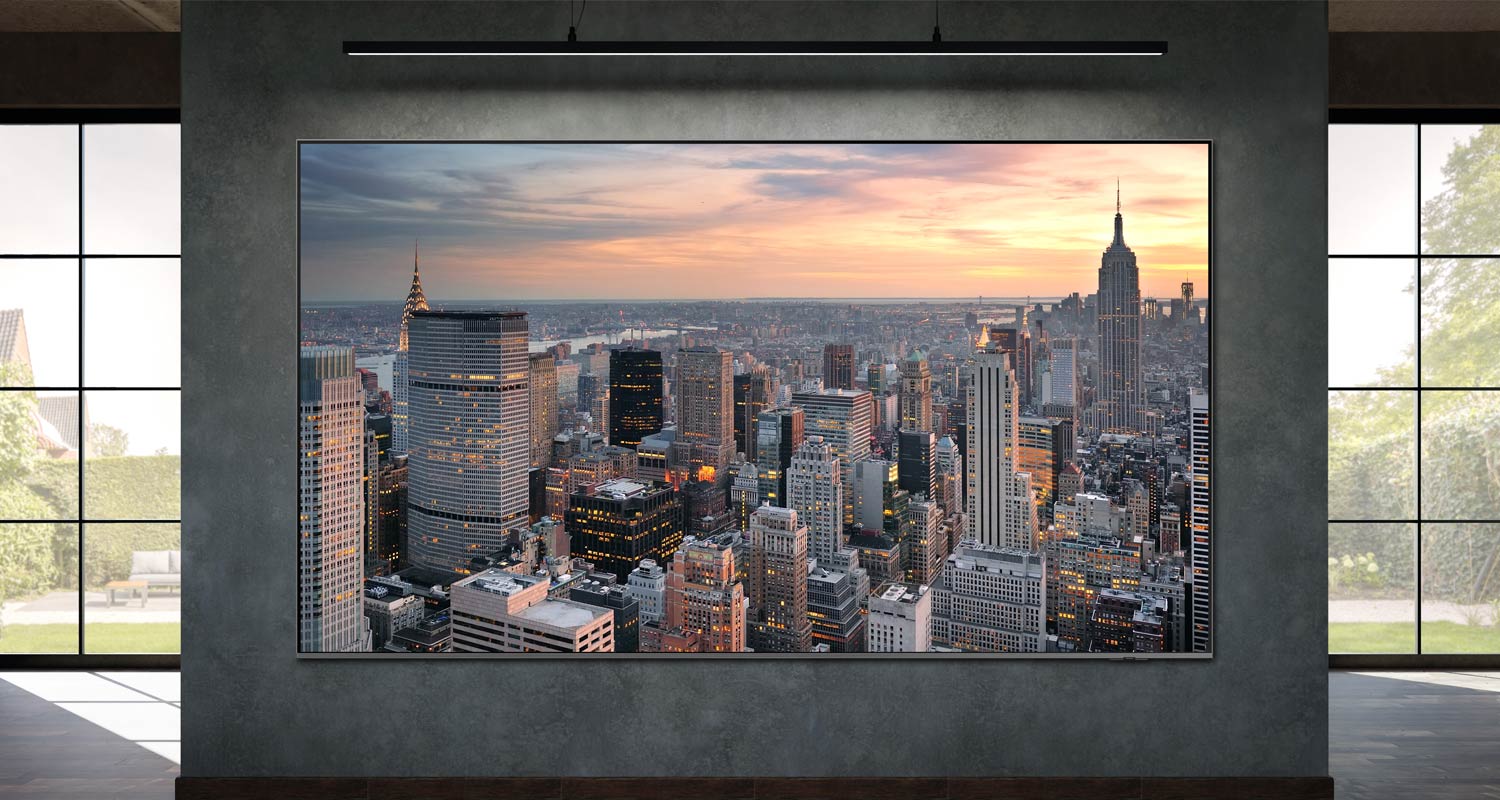
At CES 2024 in Las Vegas, Samsung, LG and Hisense unveiled AI processing capabilities that take 4K input and dynamically fill pixels do display images in native quality on 8K TVs.
AI is also being used to enhance sound quality by reducing noise and image quality by identifying objects of interest and enhancing their contrast in relation to other objects in the scene.
Read: Most expensive smartphones in South Africa
8K resolution and AI processing seem to be the next logical evolution in the performance capabilities of TVs. On the aesthetics side of things, transparent TVs sets are also just over the horizon as designers seek to integrate larger and larger screens more seamlessly into increasingly minimalist living spaces. – © 2024 NewsCentral Media
